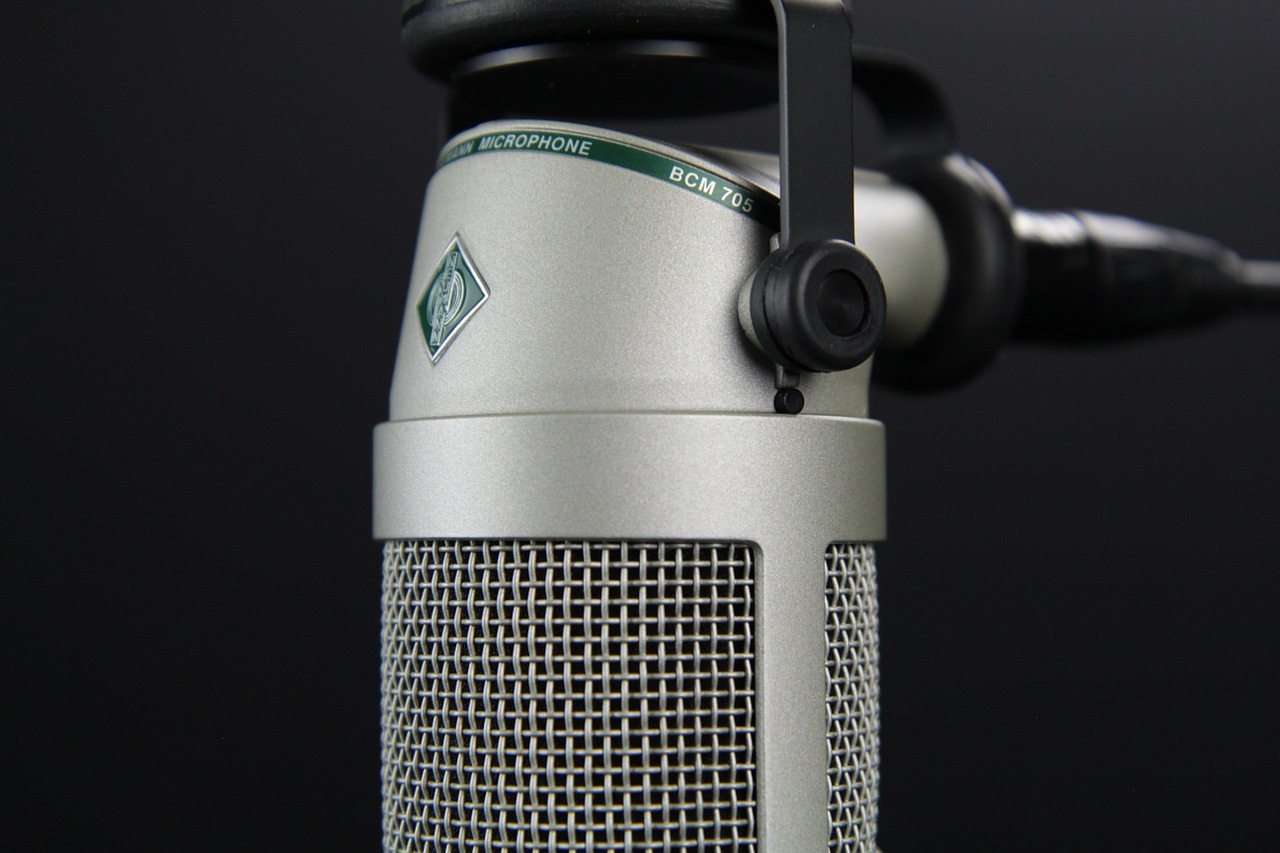
We all know how popular YouTube is, and we all know how popular podcasts are. When it comes to growing a business, you can use both methods, or you could-could use one or the other. In implementing those successfully, you can integrate both mediums together, which can have varying results. Many podcasts have their own YouTube channel. So here’s a little guide to publishing your podcast on YouTube successfully.
There are different approaches to integrating your podcast on YouTube to drive your audience up. The first method is just to publish your audio podcast on YouTube. However, this is not a very decent method if you wish to promote your podcast in a good light, and many people have done podcasts which are simply taking the audio and putting an image on the screen, changing once every 5 or 10 minutes. It doesn’t do your podcast any favors, and, in fact, it does make you look somewhat amateurish. The alternative to doing this is actually to publish the talking heads video from your recording session. So, for example, if your podcast took the form of a Skype conversation between yourself and your guest, by streaming them onto YouTube, you are showing yourself and your guests, warts and all. The very notion of a podcast is similar to talk radio. Using a digital marketing podcast with a funny and irreverent look at marketing may apply itself well to a talking heads scenario. But there are downsides to this approach, as people may not be too interested in watching two heads talking for an hour, and may just decide to listen. However, this is an improvement on the previous point.

A more dynamic method of presenting your podcast would be to use Google Plus Hangouts (on Air). It lets you invite many different guests to a recording session, and you can let Hangouts switch the camera automatically to who is talking. As opposed to the talking heads format, this is a lot more interesting and engaging, and it is a lot easier than trying to manage the video switching yourself.
Using YouTube to create promo clips or teasers is a great opportunity to appear in search engine optimization, as you can make more than one video for the same podcast episode. With the video, it can have a different title, and you can also provide important information in that video, which is pointing everybody towards your main show.
Make sure you link to your site and affiliate sites with YouTube descriptions, annotations, as well as comments. As every video on YouTube gives people the opportunity to send visitors back to the original website or platform, you can now place these links in different places on YouTube. Firstly it can appear in the description. It can then appear in the annotations, on screen in a speech bubble format or a frame (which is great if you are referring to something at a certain time in the podcast). Finally, it can appear in the comments section, which gives us, as a business the opportunity to reply to people’s comments if they have any questions.
Techniques To Intergrade Your Business Podcast Onto YouTube:
- Upload your podcast to YouTube
- Add a link to the video on your website and social media accounts
- Embed the video in blog posts or other content you create on your site
- Include a link to the video in email newsletters
- Make sure you have a YouTube channel
- Upload your podcast episode as an unlisted video and then change the settings to make it public
- Add transcripts of your episodes in the description of the video so viewers can read while they listen
- Include links to related resources mentioned in the podcast in the text on the screen or at the end of each episode
- Create a new channel for your podcast
- Add the RSS feed of your podcast to the video description
- Embed videos from YouTube onto your blog or website
- Find a topic that is relevant to your business
- Create an outline for the podcast episode
- Record and edit the podcast episode with music, sound effects, and voice-overs
- Upload the video to YouTube as an unlisted video, so it’s not publicly available yet






